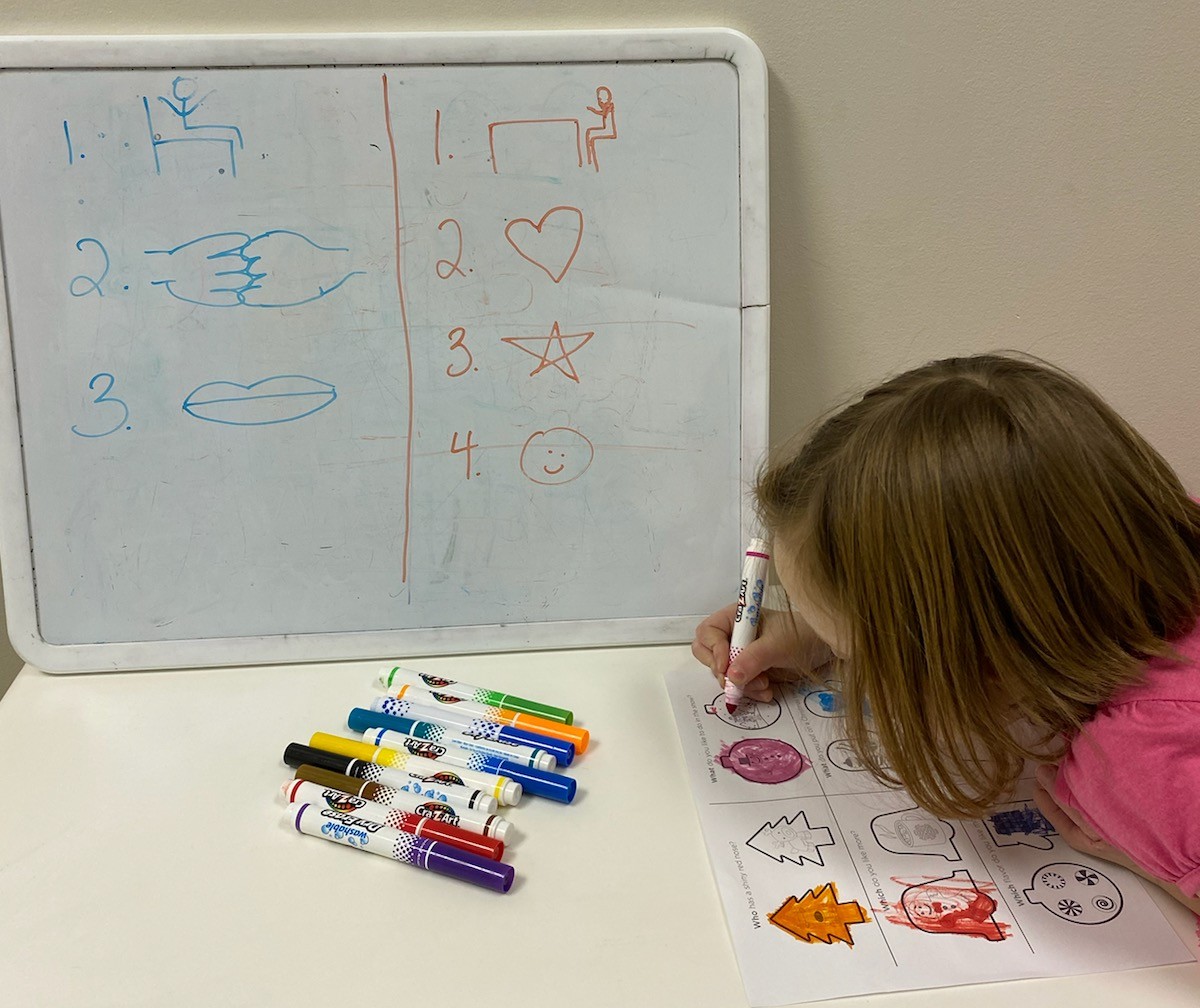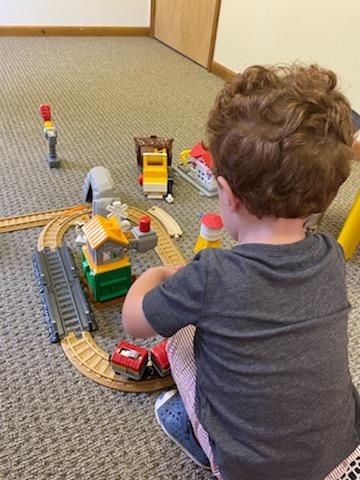This guide is here to help you understand what happens in speech therapy, how therapists work toward your child’s goals, and ways to feel more engaged and connected along the way.
Continue readingHow to Survive After School Routines: A Guide for Parents
The after-school hours are a crucial time for reinforcing what your child has learned in school, but they’re also an opportunity for growth in other areas. We’ll share some practical tips to help you and your child navigate these busy hours.
Continue readingThe Importance Of Private Speech Therapy: Important To Consider
Many children receive speech therapy services at school, but onsidered augmenting these services with private speech therapy. In addition to school-based services, private speech therapy can make a significant difference in your child’s progress.
Continue readingNew School Year: A Guide for a Smooth Start
Preparing for a new school year can be both exciting and overwhelming. With a bit of planning and some practical tips, we can make this transition smoother and more enjoyable for both you and your child.
Continue readingHow to Communicate When Your Conversation Partner Uses a Communication Board
Effective communication is essential for connecting with others, sharing ideas, and building relationships. For individuals using speech-generated devices (SGDs) or communication boards, interaction can be a bit different.
Continue readingHow To Create Genuine Connections:Powerful Impact of Communication Boards
Playground communication boards have emerged as a powerful solution to bridge the gap and facilitate meaningful relationships, especially for individuals with communication challenges.
Continue readingHow To Help Navigate Emotions: Emotional Balance Communication Boards
Daylight Saving Time: How to Helping Children Adjust
Tips to help children adjust to the time change.
Continue readingHow to Make Play an Important Part of the Day
Play is important at all stages of child development. Play is the ‘work’ of childhood.
Continue readingFollowing Your Schedule: How to get Back on Track
Holidays can be a time when the normal routine is disrupted. It’s time to get back on track and follow your daily routine.
Continue reading











